It blows me away that we live in a world where people understand what this means…
and yet there is still confusion about what the symbols relating to climbing ropes mean. I get it… It’s only the object standing between you and certain death. No big deal.
Anyway, today I’m going to take a brief look at some of the nutritional information you’ll find supplied by manufacturers of climbing ropes. Not all ropes are created equal, and each have various strengths, weaknesses and ideal uses.
Please note that these are not a comprehensive list of rope characteristics, just those which I feel are important when choosing a rope.
Diameter:
Given in millimetres, the diameter of a rope will give you an idea as to its ideal role. A focused sport climber might only need one rope, whereas a true all-rounder might end up with 4 or more.
There is an entrenched idea within the climbing scene that smaller = better in terms of rope diameters. This is not always true. A thinner rope always comes with the tradeoff of having less durability, so consider its purpose carefully.
The theory goes that you need a light, skinny rope for all your hardest sends. My feeling is that a difference of 50 grams isn’t going to be the key reason for failing your redpoint burn unless you’re a 5.14 climber. To me, it seems more like marketing hype than anything.
Where it might make a big difference is in gross weight when coiled. If you’re carrying several ropes on a mountaineering expedition, the difference of a few grams per metre could really add up. As with every other variable we’ll discuss, it’s a matter of horses for courses.
- Workhorses:
Over 10mm. Usually used by commercial guiding groups for longevity and considered too heavy duty for most recreational purposes. Quite fat, struggles to fit into many modern belay devices.
- All-Rounders:
9.5-9.9mm. Versatile. A happy medium which strikes a balance between weight and durability. Good for sport, trad, ice, top roping… essentially anything with lots of mileage.
- Skinnies:
9.4mm or less. Either a pretty thin single rope for hard sport or a half/twin rope for multipitch trad, ice or alpine. Less durability and less friction in belay devices.
Length:
Given in metres, this is the length of the rope. Duh. Depending on where you climb, many pitches are set with a 50 or 60m rope in mind. It all depends on the local ethic and the antiquity of the climb. Older climbs tend to have 50m lengths in mind whilst modern climbs tend to work with 60m lengths.
I therefore recommend 60m as a minimum, but personally I like to have a 70m rope. It has gotten me out of a pinch on more than one occasion by allowing a little extra rappel length, and ends up becoming a 60m rope as you cut bits off the end. By the time you cut a rope to less than 60m, you may as well retire it.
Another solution to increase your reach is to climb on half ropes. Again, we’ll talk about those later.
UIAA Fall Rating:
The UIAA fall test is particularly harsh and is rarely, if ever, replicated in real life. For the boffins amongst us, it involves an 80kg weight attached to a 2.5m length of rope, dropped from a height of 2.3m over a sharp edge. This results in a Factor 1.7 fall, which is what scientists call “a fucking hard catch.”
The upshot is that the UIAA rating is a very pessimistic figure for the amount of falls that a rope can take. Additionally, the manufacturer test results are often even more pessimistic than this. So take them all with a grain of salt. Basically, a minimum of 5 UIAA falls is the baseline standard. That’s not a lot, but that’s absolute worst case scenario.
A higher number is a general indication of a more durable rope, but it’s just a guide – there are plenty of other factors which may decrease the life of a rope other than falls! The fall rating gives a good indication of the strength of the core, but not of the sheath… food for thought.
Weight/Gram:
See Diameter
Single Ropes:
 This symbol denotes your common, garden variety climbing rope which, as the name suggests, operates on its lonesome. They generally run at a diameter of 9mm and up (although some ropes such as the Beal Opera are rated as single ropes with diameters as low as 8.5mm)
This symbol denotes your common, garden variety climbing rope which, as the name suggests, operates on its lonesome. They generally run at a diameter of 9mm and up (although some ropes such as the Beal Opera are rated as single ropes with diameters as low as 8.5mm)
Single ropes perform best when the pitch is relatively simple e.g. follows a direct, vertical line. This type of scenario forms the bulk of climbing, so you’ll find yourself using a single rope quite often. As such, you’ll want a rope that is relatively light and fairly durable.
I use a Beal Stinger 9.4mm which has served me well for almost 4 years of heavy duty use and is now nearing retirement age. My girlfriend has an Edelrid Parrot 9.8mm which uses left over yarns from other ropes, thereby reducing the waste/environmental impact of the manufacture process. It’s a lovely rope which seems to handle quite nicely.
Recommended Uses: Single pitch sport, Single Pitch Trad, Top Roping, Simple Multipitch routes
Twin Ropes:
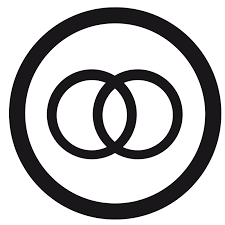 This symbol denotes twin ropes, a term which is sometimes confused with or used interchangeably with half ropes despite very different characteristics.
This symbol denotes twin ropes, a term which is sometimes confused with or used interchangeably with half ropes despite very different characteristics.
Twin Ropes need to be used in tandem. They cannot be clipped independently, meaning that both ropes must be connected to each piece of protection to provide effective fall arrest.
As such, they are the worst of both worlds… The complication of two ropes with the versatility of a single rope. Twins are now very much out of vogue.
Recommended Uses: Making a neat doormat
Half Ropes:
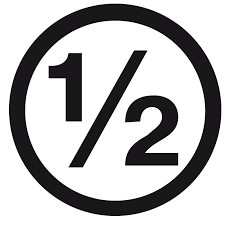 This symbol denotes half ropes, which are a two-rope system in which the ropes can be clipped independently. This means that over wandering pitches, or where protection can be found on either side of the natural climbing line, ropes can be separated to minimize rope drag. This is a great idea for long, multipitch trad routes as well as ice routes, providing an extra security buffer should one rope suffer damage from tools or crampons.
This symbol denotes half ropes, which are a two-rope system in which the ropes can be clipped independently. This means that over wandering pitches, or where protection can be found on either side of the natural climbing line, ropes can be separated to minimize rope drag. This is a great idea for long, multipitch trad routes as well as ice routes, providing an extra security buffer should one rope suffer damage from tools or crampons.
Additionally, the use of half ropes allows for greater rappelling distance. This can get you out of trouble in certain circumstances by allowing rapid descent from lofty heights (to wit, twice as fast). Great for long multis and mountaineering.
The tradeoff is that double ropes take more skill to belay efficiently, and are also heavier when combined than one single rope.
I used to own a pair of Mammut Phoenix 8mm until I realized they were pieces of shit. One got a core shot on its maiden voyage and had to be cut directly down the middle. Heartbreaking stuff. I now run with a pair of Beal Ice Lines 8.1mm which seem much more durable.
Recommended Uses: Multipitch trad, alpine, ice
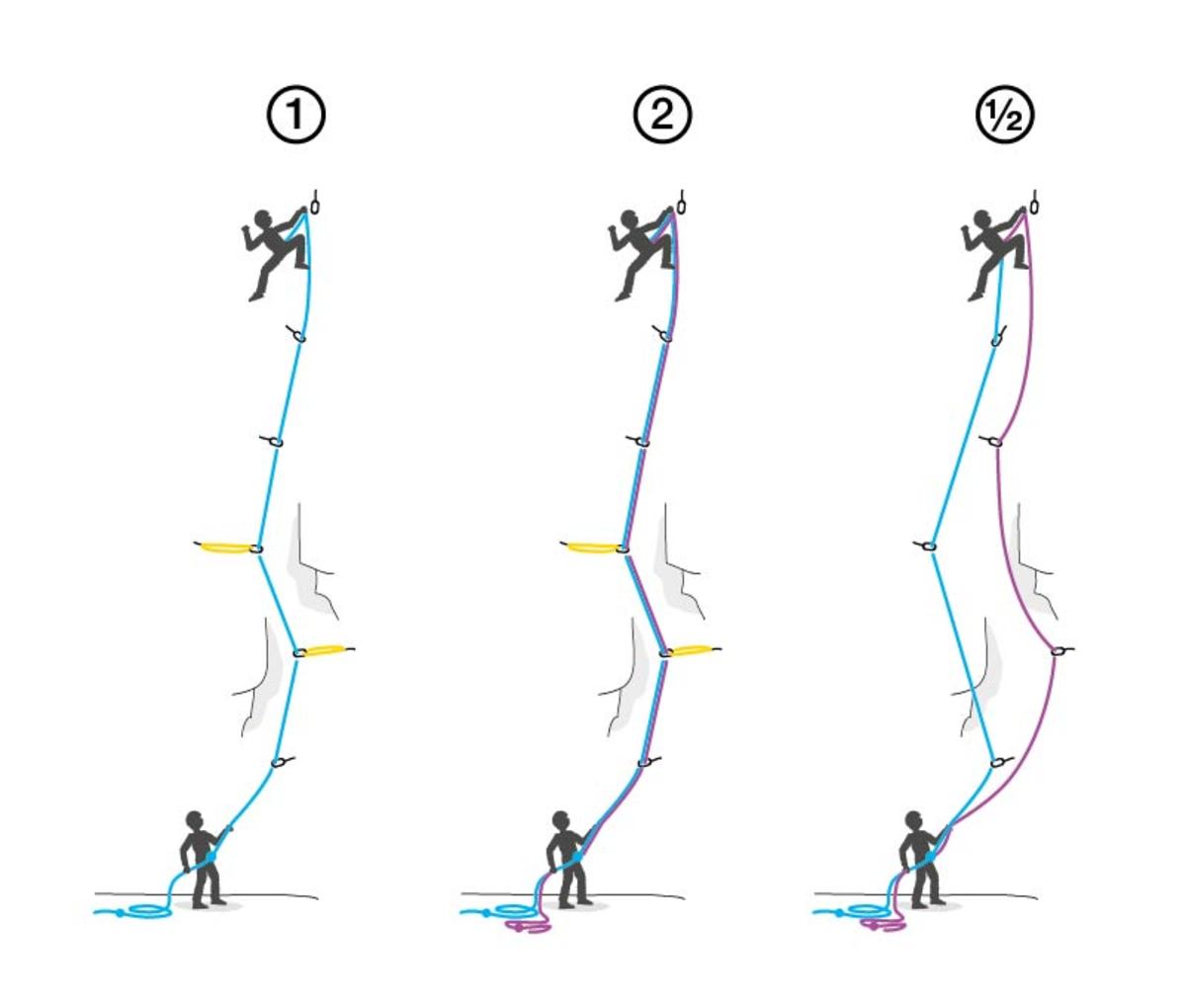
Dry Coat:
They can call it what they want – Dry, Golden Dry, SuperEverDry (legit) – but they all amount to the same thing… a dryish rope. Which is good, and always worth the extra cost.
Suggested Specs:
To wrap up, here are my recommendations for rope characteristics depending on your chosen activity:
Single Pitch Sport: 9.8mm single rope, 70m, dry coat optional
Single Pitch Trad: As above
Single Pitch Ice: 9.8mm single rope, 70m, dry coated
Mountaineering: 9-9.2mm single rope, 70m, dry coated
Multipitch Trad: 8-8.5mm half ropes, 60m, dry coated
Multipitch Ice: As above
Alpine (technical): 8.5-9mm half ropes, 70m, dry coated
Best Brands: Sterling, Beal, Edelrid
These are my thoughts and observations, and I’d like to hear yours as well… What ropes do you use for what purpose? What brands or models do you prefer? Let me know in the comments.
Ryan Siacci, Esq.
March 2017

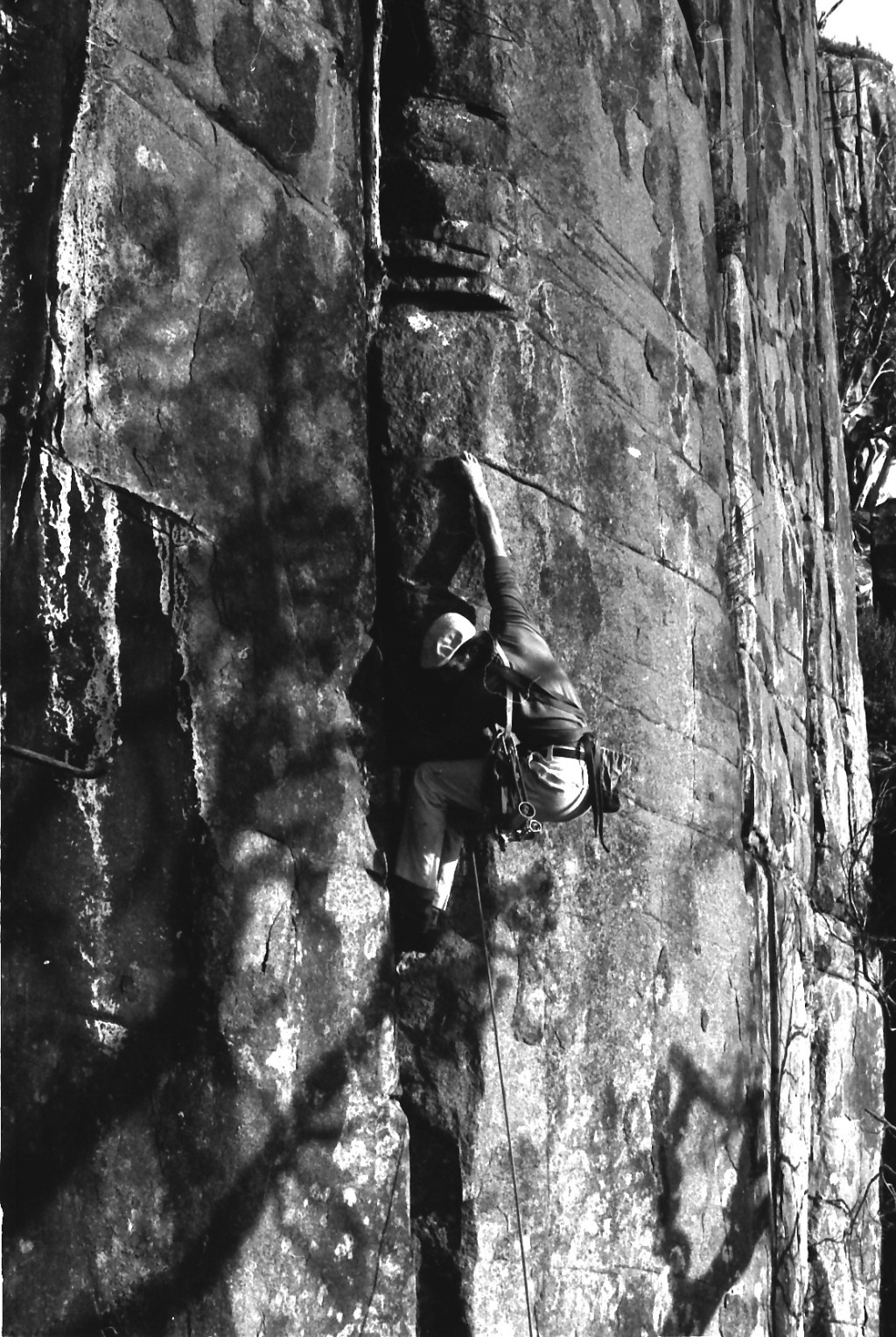
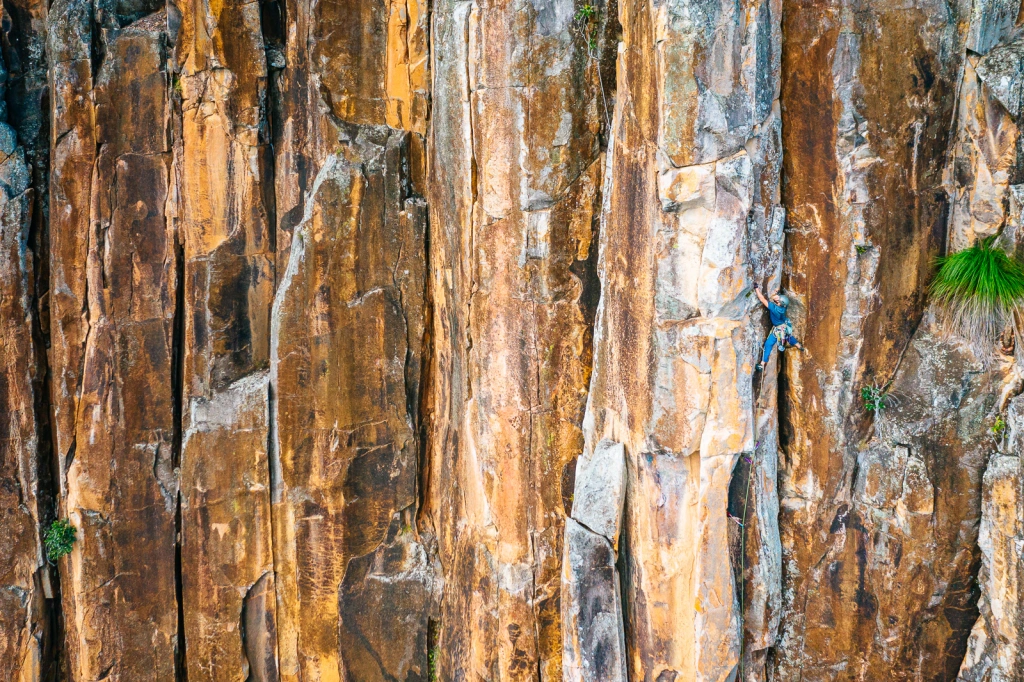
Leave a comment